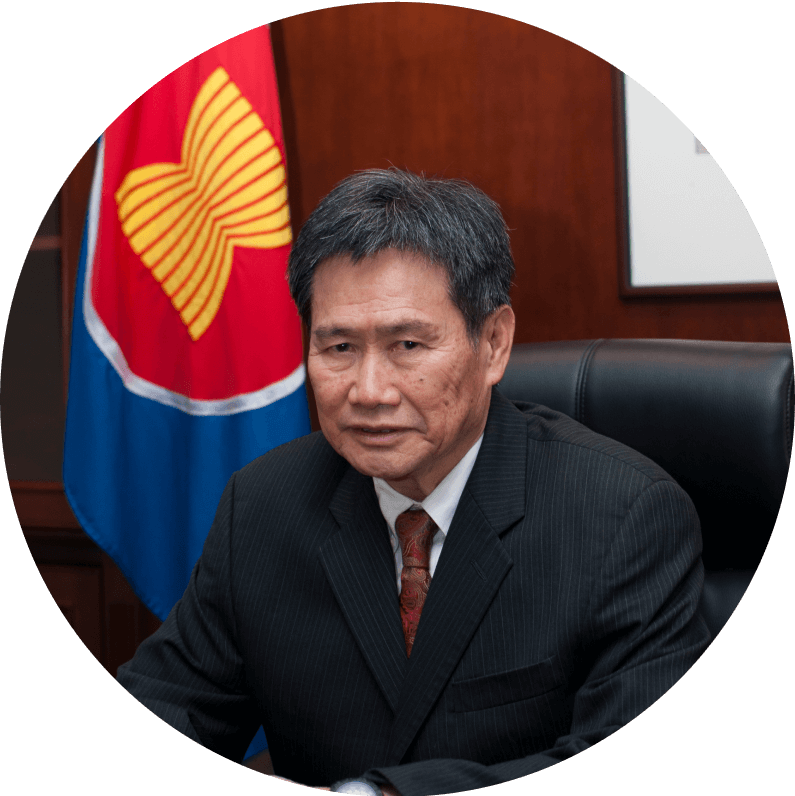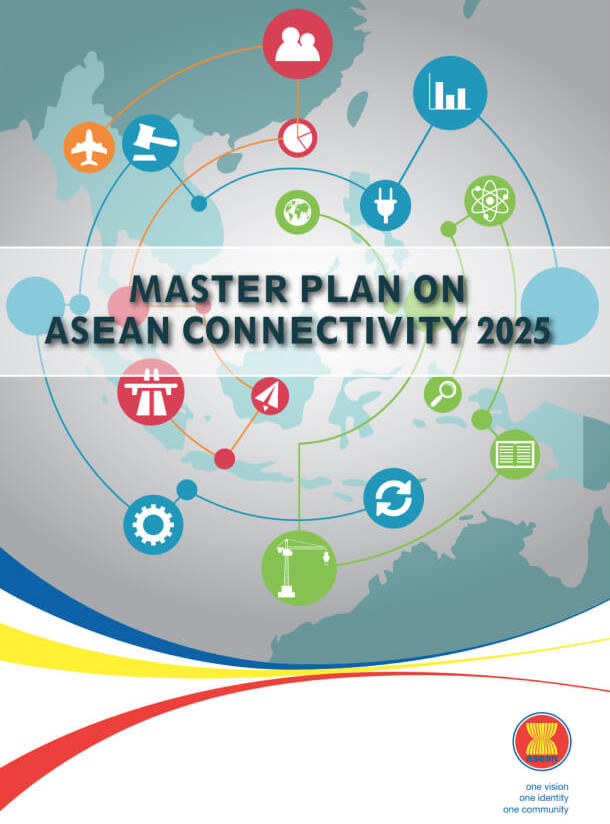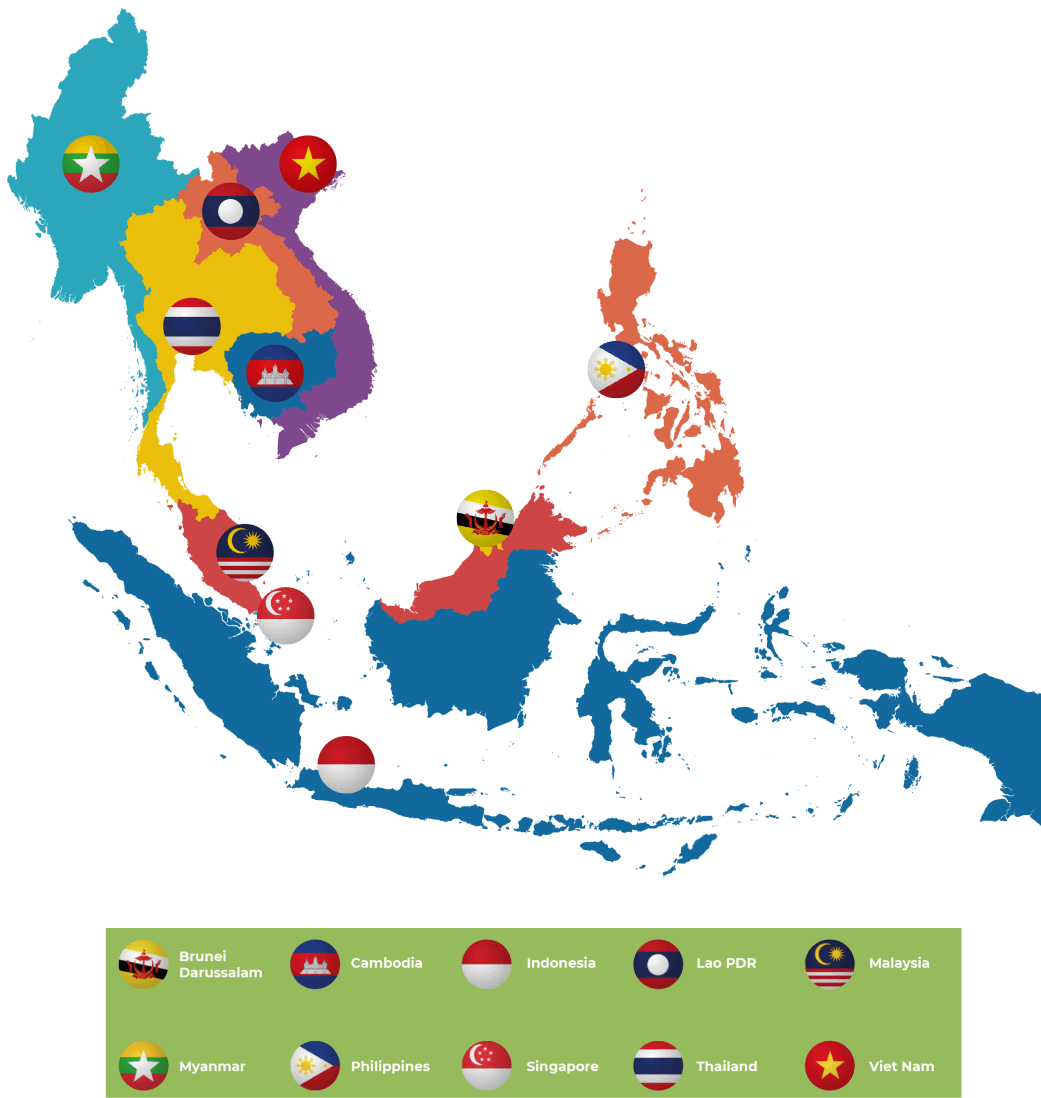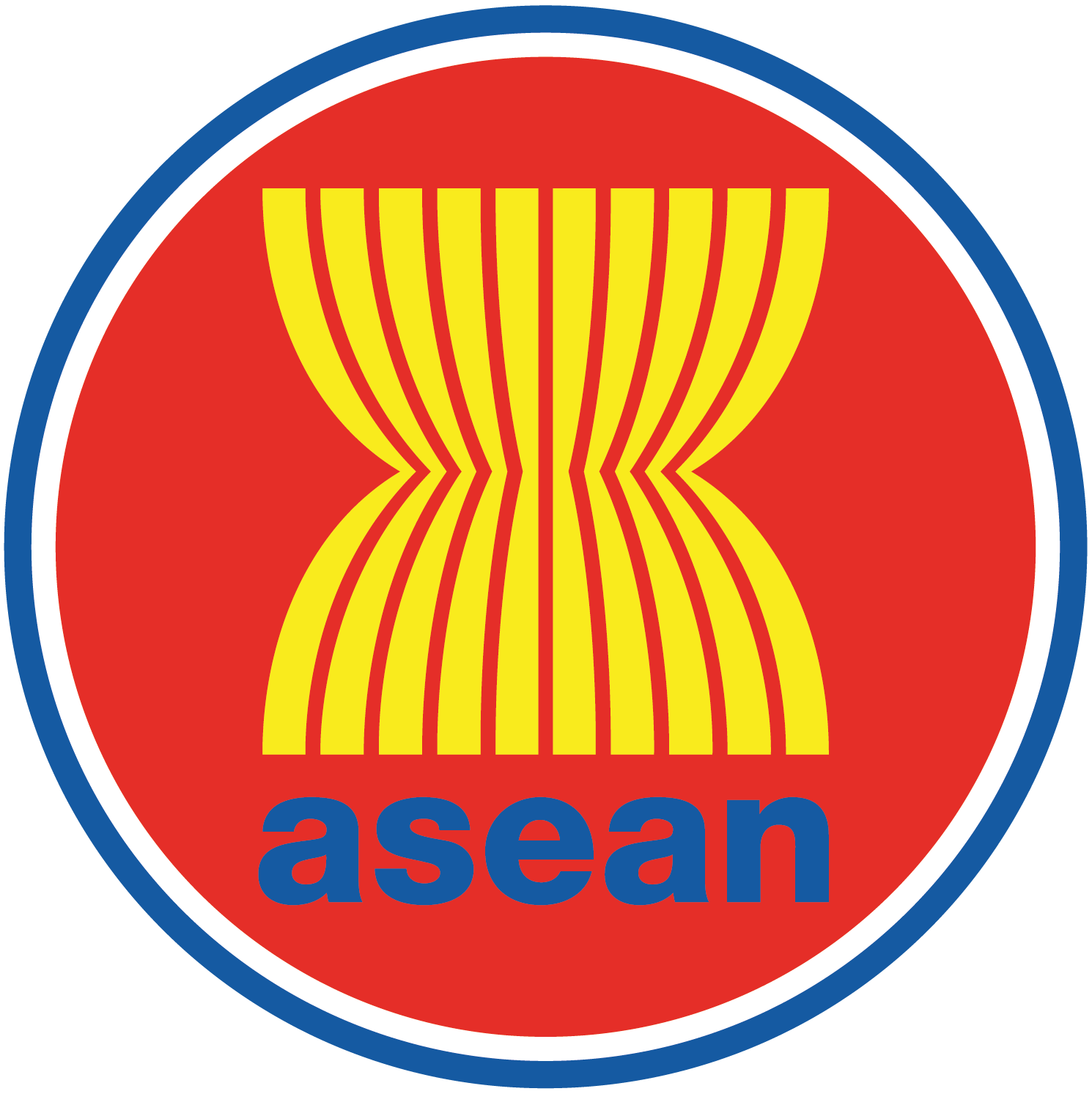

ASUS
The ASEAN Sustainable Urbanisation Strategy (ASUS) is one of the initiatives under the strategic area of Sustainable Infrastructure of the Master Plan on ASEAN Connectivity (MPAC) 2025. It provides ASEAN cities with a sustainable urbanisation framework based on six areas, namely civic and social, health and well-being, security, quality environment, built infrastructures, industry and innovation.
ASUS consists of a report focus on urban trends and priority areas for urban development in the region, as well as two accompanying toolkits that will assist local governments in ASEAN to advance sustainable urbanisation in their cities.
“As cities grow, they benefit from economies of scale and deeper social, cultural, and economic networks. However, rapid urbanisation in ASEAN can make it difficult for urban infrastructure development to keep pace.
The ways in which cities develop and address the urbanisation process matter to all of us and require a pro-active approach as the ASEAN Sustainable Urbanisation Strategy (ASUS), a key initiative under the Master Plan on ASEAN Connectivity (MPAC) 2025.”


The Master Plan on ASEAN Connectivity (MPAC) 2025, adopted by ASEAN Leaders at the 28th / 29th ASEAN Summits in Vientiane, Laos, in September 2016 aims to achieve a seamlessly and comprehensively connected and integrated ASEAN that will promote competitiveness, inclusiveness, and a greater sense of Community. It comprises fifteen initiatives in the five strategic areas of: (a) Sustainable Infrastructure; (b) Digital Innovation; (c) Seamless Logistics; (d) Regulatory Excellence; and (e) People Mobility.
The MPAC 2025 was developed in consultation with the relevant ASEAN Sectoral Bodies and other key stakeholders.


ASEAN
The Association of Southeast Asian Nations, or ASEAN, was established on 8 August 1967 in Bangkok, Thailand and currently have ten Member States as Indonesia, Malaysia, Philippines, Singapore, Thailand, Brunei Darussalam, Viet Nam, Lao PDR, Myanmar, and Cambodia.
Home to more than 620 million people, ASEAN is a region filled with vast opportunities. By connecting ASEAN through Master Plan on ASEAN Connectivity (MPAC) 2025, ASEAN Connectivity is creating a regional network of people and infrastructure to improve the way they live, work and travel.
“To achieve a seamlessly and comprehensively connected and integrated ASEAN that will promote competitiveness, inclusiveness, and a greater sense of Community”



